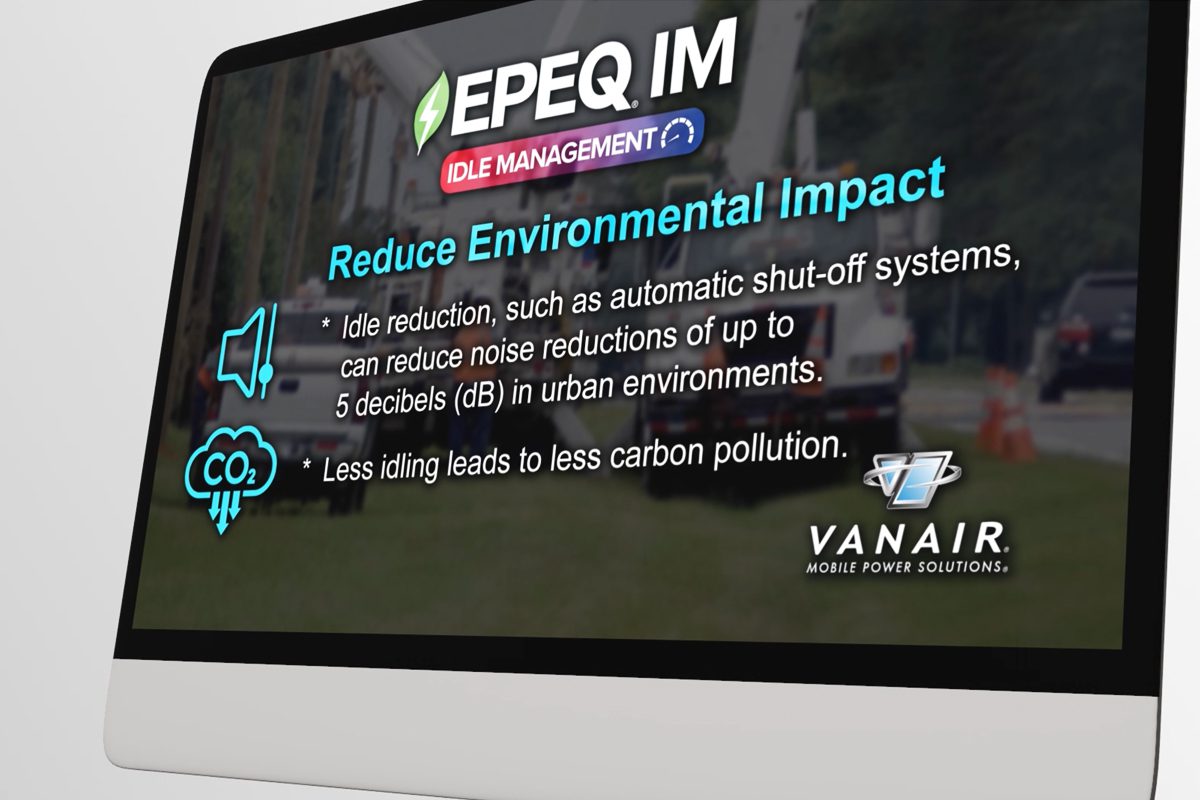Rewind five years. What did your fleet look like? Were you running on the same fueling solutions? Was the number and types of vehicles in your fleet constant? Did you have the same type and number of routes?
Now, fast forward—five years, one year, or even a few months. What changes do you need to account for? Can you map out your long-term strategy with confidence? While responses may vary, there’s no denying one thing. Fleets operate in an evolving landscape, especially when you add electric vehicles (EVs) into the mix.
What Comes First: EVs or Infrastructure?
For fleet managers tasked with integrating EVs into their operations, this can feel like an impossible question. On one hand, beginning with vehicles can help you assess real-world usage and select charging infrastructure accordingly. On the other, starting with infrastructure can ensure your chargers are operational in time for your fleet to transition to EVs. But, by setting that up before knowing what EV makes and models your fleet will need, you may end up restricted by your infrastructure.
The reality? Businesses often must act before all these variables are solved. This means the demand for flexible EV charging solutions is higher than ever. Whether starting with vehicles, chargers, or a mix of both, here’s what you need to know.
Level 2 vs. Level 3 Charging: What are Your Fleet’s Needs?
When planning for EV infrastructure, fleets must determine what type of chargers they’ll need: Level 2 and/or Level 3. If you’re unsure, you’re not alone. Mixed fleet operations and evolving logistics often leave managers debating what will best meet their needs. If you’re still in the consideration phase, here are a few initial distinctions between the two.
When Does Level 2 Charging Work Best?
- Longer dwell times; overnight charging
- Last-mile delivery fleets
- Electric vehicles that are only compatible with Level 2 charges (not Level 3)
When is Level 3 Charging the Right Fit?
- Short dwell times; fast charging requirements
- Medium- and heavy-duty trucks
- Electric vehicles that are only compatible with Level 3 chargers (not Level 2)
But the reality is that a fleet’s needs aren’t (and never were) static nor do they always fit perfectly into one of the above boxes. While investment in only Level 2 or Level 3 infrastructure may be all some fleets need, that’s not the case for everyone. Investment in only Level 2 or Level 3 chargers could:
- Limit your choice of vehicles, later restricting you to only models that are compatible with your current charger setup
- Lead to facility upgrades from new chargers having to be installed, causing potential workflow disruptions with added site construction, increasing installation costs, and subjecting you to your utility’s availability
The Solution? A Dual Approach.
If you’re unsure whether you need Level 2 or Level 3 charging—now or in the future—consider a charging solution that provides both. Charging solutions, like Volt Vault™ Flex, combine Level 2 and Level 3 chargers in a single unit. Fleet managers can benefit from a single solution rather than investing in, commissioning, and monitoring two separate technologies. A dual approach:
- Simplifies Charging for Mixed Fleets: You’ll be covered whether your vehicles slow charge overnight or require fast charging to meet quick turnarounds.
- Future-Proofs Your Fleet: Accommodate a variety of EV makes, models, and applications without limiting vehicle purchases or charging hours.
- Reduces Rework Costs: Avoid charging infrastructure upgrades as your needs evolve. With off-grid, on-demand solutions like Volt Vault Flex, you’ll avoid site construction and reliance on your utility.
- Ensures Flexibility: By selecting a mobile charging solution such as Volt Vault Flex, units can easily be moved between locations—working perfect for leased properties and growing businesses.
Dual charging solutions don’t just keep your fleet operational today—they better prepare you for the evolving landscape. It becomes easier to scale your fleet, trial new operational models, and make cost-effective decisions.
Take the Next Step with Your EV Infrastructure Deployment
As organizations continue to transition to EVs, having the right infrastructure is critical. What you select today will set the stage for your future operations and growth. A flexible charging solution can streamline this process, ensuring your fleet is positioned to withstand market demands without doubling down on costly short-term decisions. If you’re still not sure what’s best for your fleet, do your research, consider how your fleet may evolve, and begin conversations with EV charging providers to assess what solution best aligns with your fleet’s needs.
To learn more about how you can keep your fleet charged with Volt Vault, reach out to Jerry Miller, Director of Business Development at U.S. Energy at jmiller@us-energy.com.



